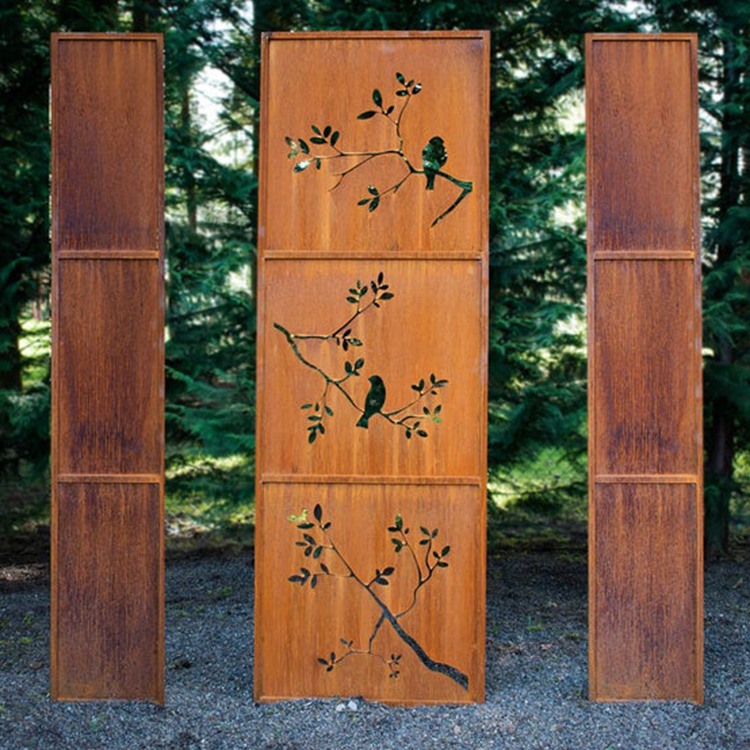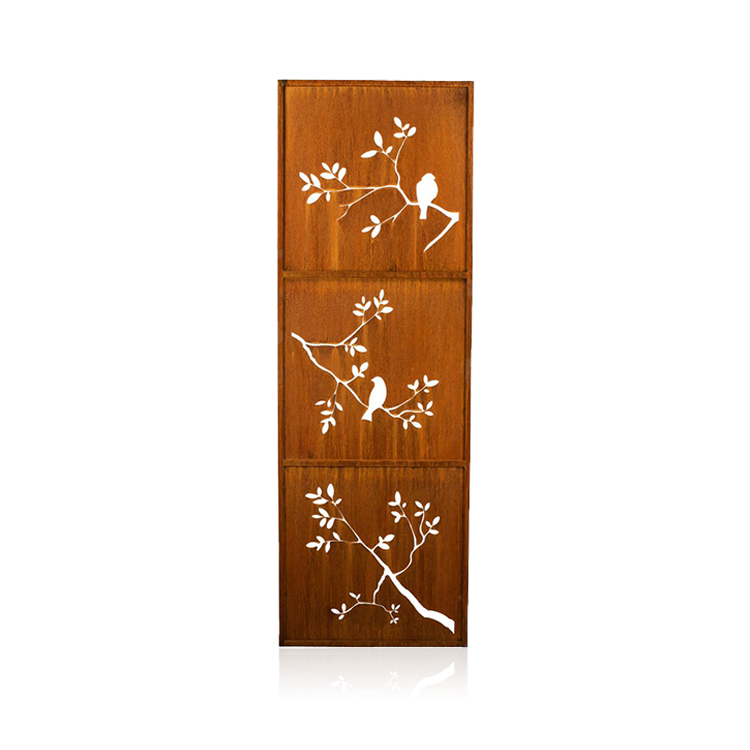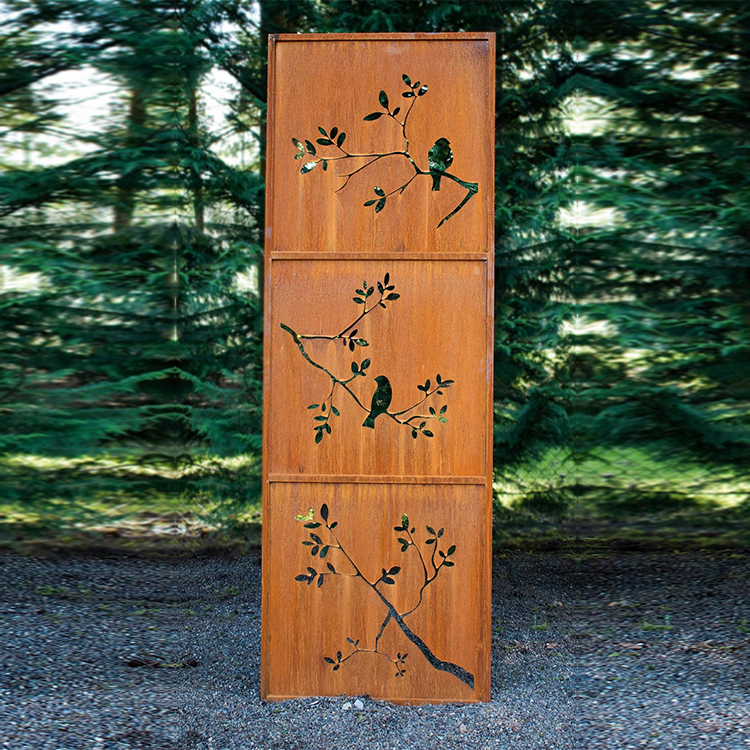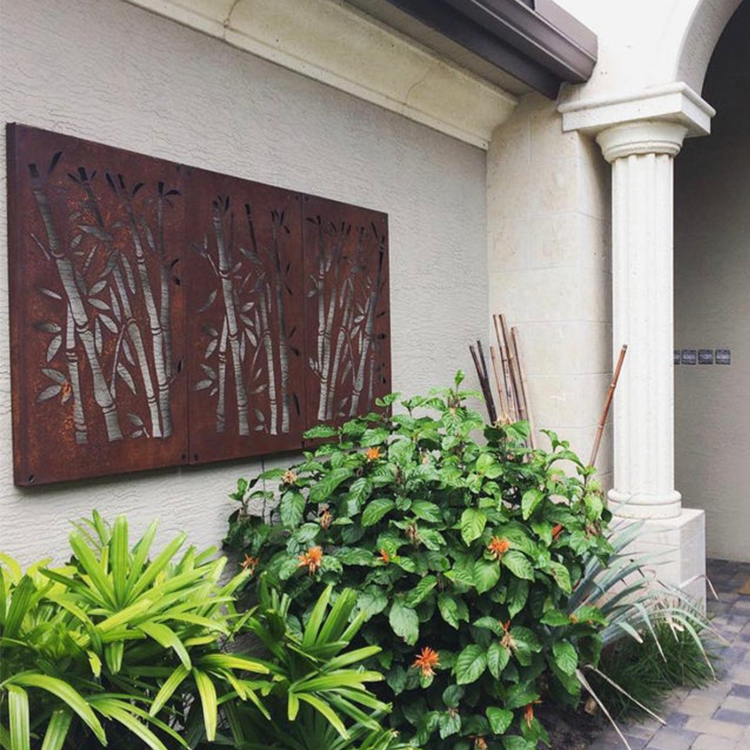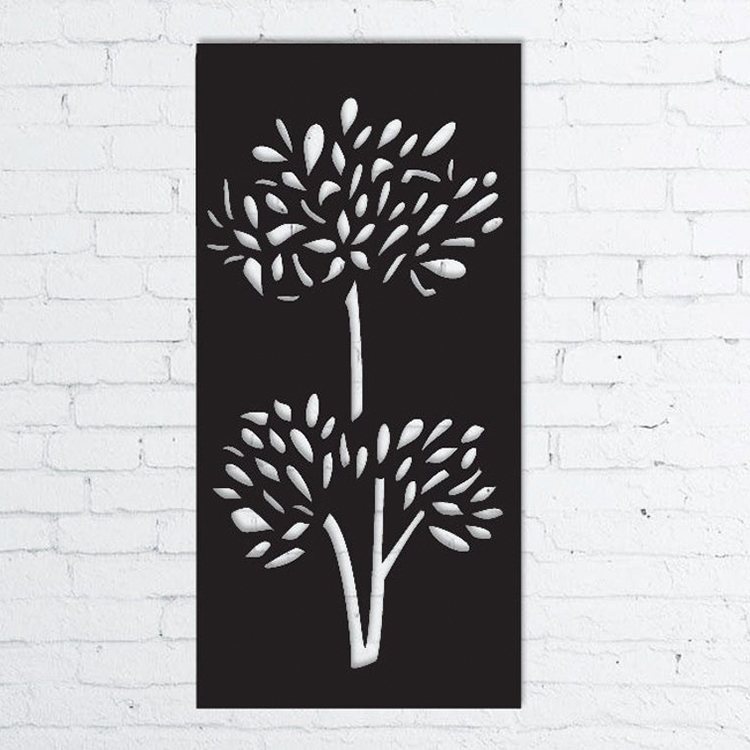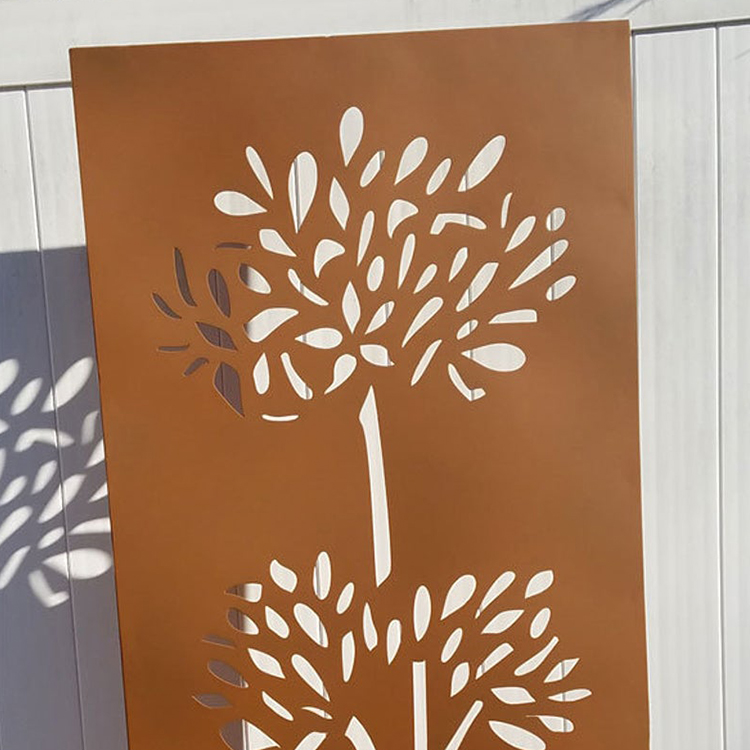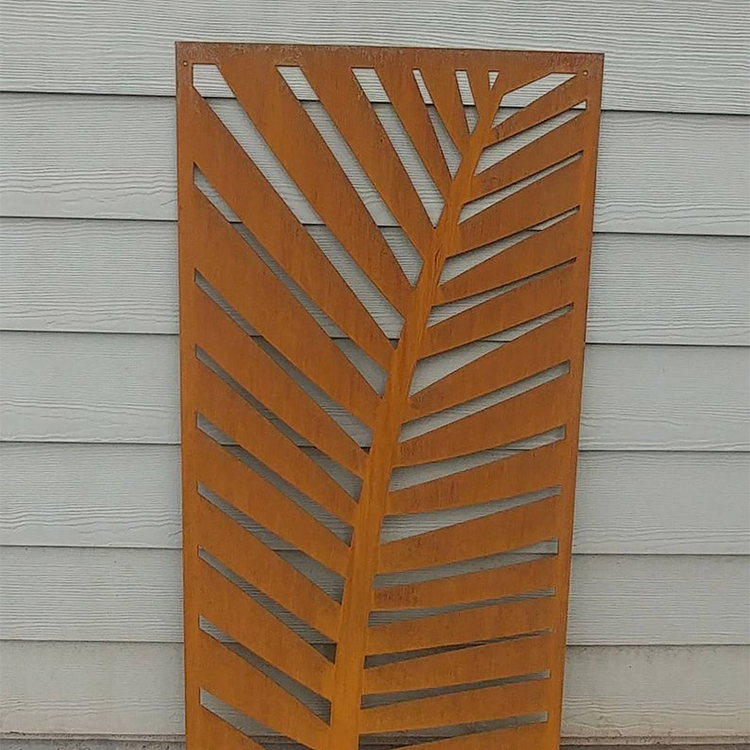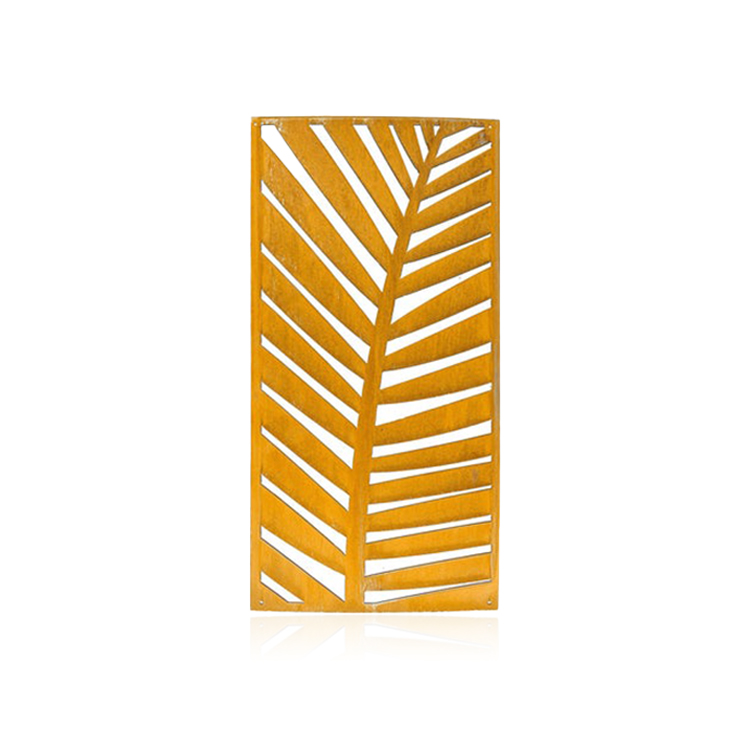
Ferrovanadium Fev50 Used In Cemented Carbide
Cemented carbide, also known as tungsten carbide, is a composite material made primarily of tungsten carbide particles embedded in a metallic binder. FeV50 plays a crucial role in the manufactur...
DESCRIPTION
Cemented carbide, also known as tungsten carbide, is a composite material made primarily of tungsten carbide particles embedded in a metallic binder.
FeV50 plays a crucial role in the manufacturing of cemented carbide due to its unique properties and contributions to the final product. Vanadium, as an alloying element, enhances the mechanical properties of cemented carbide, making it harder, tougher, and more resistant to wear. It improves the strength and durability of the material, allowing it to withstand high temperatures, abrasion, and impact.
FeV50 also promotes the formation of a fine and uniform microstructure in cemented carbide, leading to improved toughness and resistance to cracking. This is essential in applications where the material is subjected to heavy loads or severe conditions.
In cemented carbide production, FeV50 is typically added during the mixing stage of the tungsten carbide powder with the metallic binder. The precise amount of FeV50 added depends on the desired properties and application of the final cemented carbide product.
Overall, FeV50 is a critical component in the production of cemented carbide, contributing to its mechanical strength, toughness, and wear resistance. The addition of FeV50 ensures that the resulting cemented carbide material meets the required specifications and performs optimally in various applications, such as cutting tools, wear-resistant parts, and mining equipment.
| FeV composition (%) | |||||
| Grade | V | Al | P | Si | C |
| FeV80-A | 78-82 | 1.5 | 0.05 | 1.50 | 0.15 |
| FeV80-B | 78-82 | 2.0 | 0.06 | 1.50 | 0.20 |
Related Products

